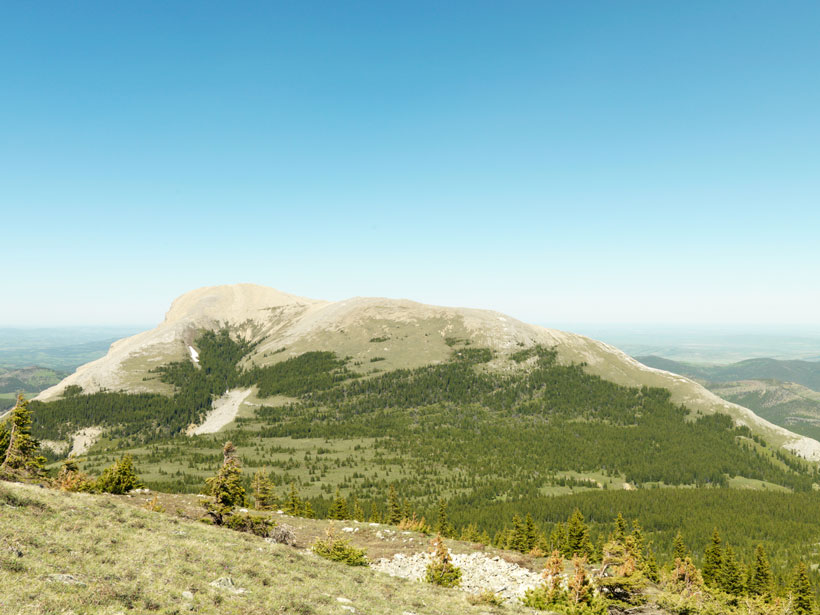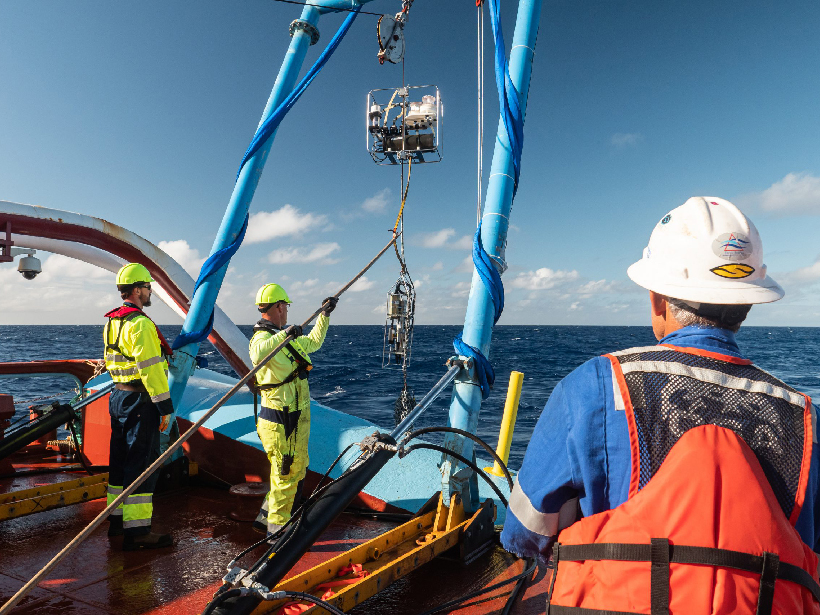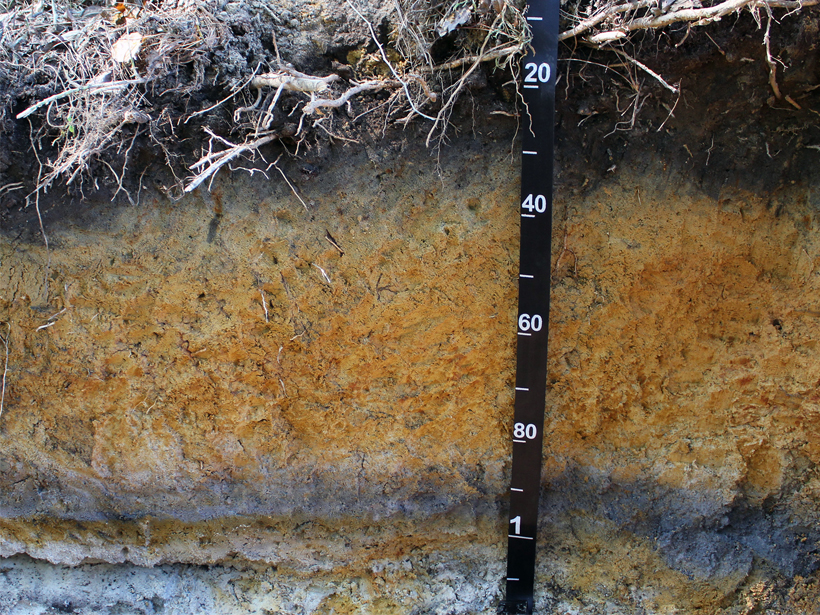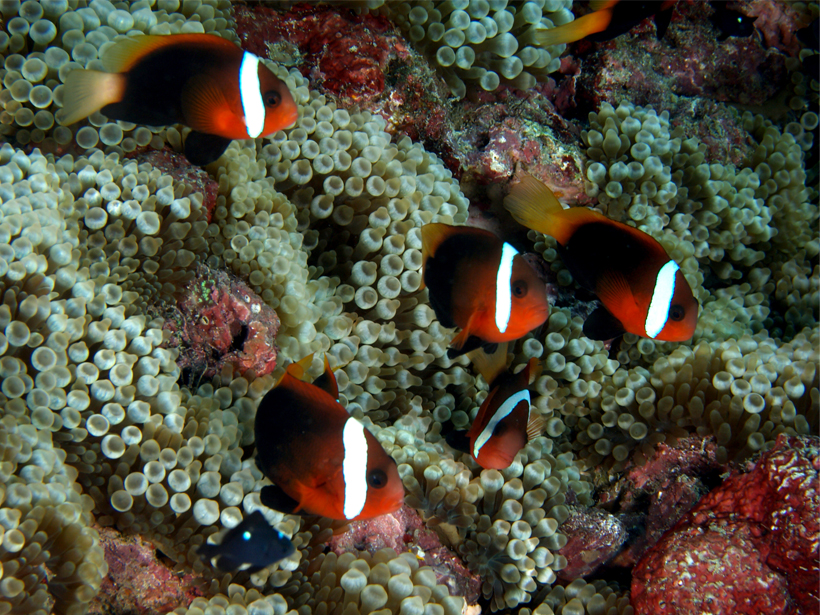Chemical compositions of rocks from Mars indicate that the earliest orbits of Jupiter and Saturn were more circular than they are today.
Mara Johnson-Groh
Mara Johnson-Groh started freelancing for Eos in 2019. She received her master’s in astronomy from the University of Victoria in 2016 and started working as a science writer at NASA Goddard Space Flight Center thereafter. In the years since, she’s worked additionally as a freelance writer and photographer covering everything under the Sun, and even things beyond it, for a variety of publications including Scientific American, Discover, Live Science, Astronomy, AIP’s Scilights, Muse, and Hakai, among others.
Ancient Eruption May Change Our Understanding of Modern Volcanoes
Bubbles trapped in magma from a 1,000-year-old event reveal how scoria cones might erupt and what impact they may have on the landscape and atmosphere.
Canada’s Rocky Mountain Forests Are on the Move
Using century-old surveying photos, scientists have mapped 100 years of change in the Canadian Rockies to document the climate-altered landscape.
Below the Great Pacific Garbage Patch: More Garbage
New research is finding there’s more to marine debris than just what appears near the ocean surface, including tons of microplastics extending hundreds of meters into the deep.
Are Cosmic Rays a Key to Forecasting Volcanic Eruptions?
A combination of relativistic particles and artificial intelligence may provide a new way to forecast when a volcano could erupt.
Ancient Assyrian Aurorae Help Astronomers Understand Solar Activity
Records of aurorae in Mesopotamia from 2,600 years ago are helping astronomers understand and predict solar activity today.
Looking for Prehistoric Pollen? Check the Floodplains
A new methodology calculates the soil properties most likely to preserve pollen.
Jupiter’s Galilean Moons May Have Formed Slowly
A new model is the first to simultaneously explain many of the moons’ characteristics, including their mass, orbits, and icy composition
Damselfish in Distress?
Noise pollution may be changing how some species of fish develop.
Ancient River Discovery Confirms Mediterranean Nearly Dried Up in the Miocene
Sedimentary deposits reveal a Nile-sized river system flowing from what are today Turkey and Syria.










